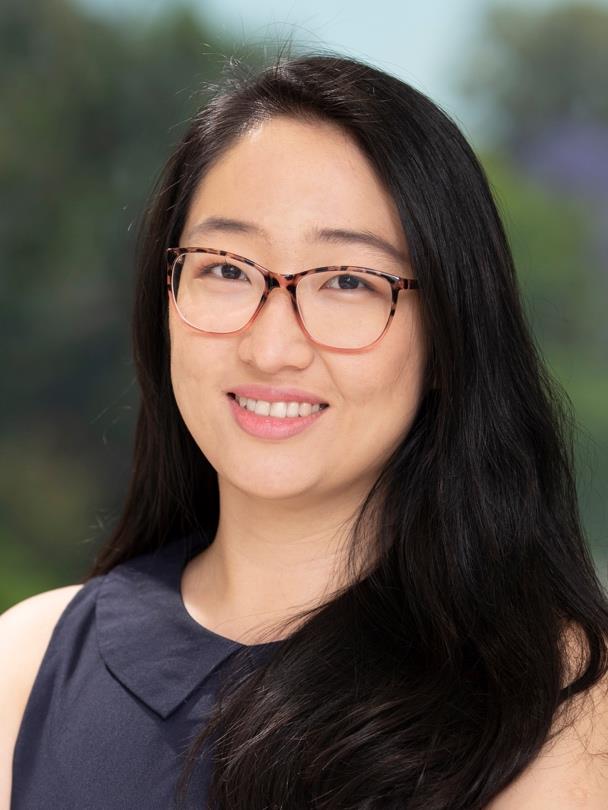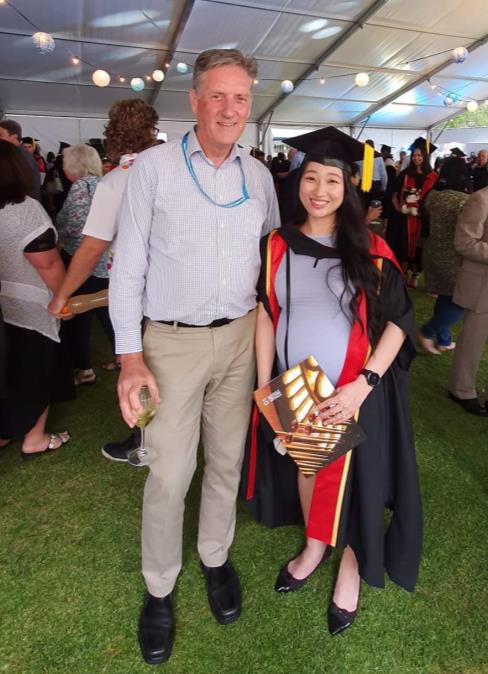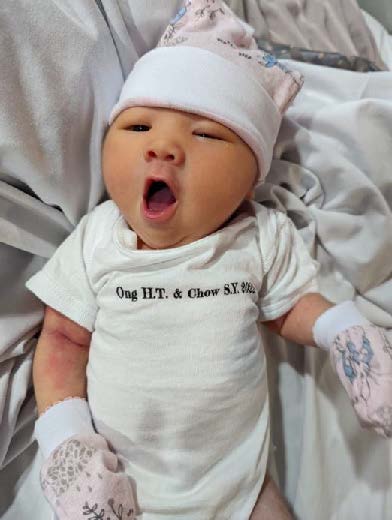 Ting Ong, Research Assistant
Ting Ong, Research Assistant
Ear Science Institute Australia
Molecular and Cellular Otolaryngology
Ting is currently a Postdoctoral Research Fellow in the Hearing Therapeutics Team, at the Ear Science Institute Australia, working on developing functionalised scaffold to deliver drugs and approaches to investigate the cellular and molecular mechanisms underlying chronicity of eardrum perforations. She was awarded her PhD in 2021, her thesis titled: “Developing Stem Cell Therapies for Wound Healing”. She is extremely honoured to receive the 2022 Young Investigator Award from the Australasian Wound and Tissue Repair Society, in recognition of her research achievements as an emerging investigator in the field of Tissue Engineering and Regenerative Medicine (TERM). After being at Ear Science for 9 years, Ting will be joining Assistant Professor Jennifer Young’s lab in the Mechanobiology Institute (MBI) at the National University of Singapore (NUS) as a Research Fellow in June 2023, working on interrogating the spatiotemporal regulation of matrix alterations in ovarian ageing dysfunction.
Ting completed her Bachelor of Science (Biomedical Science and Molecular Biology) and Bachelor of Forensic Science (Forensic Toxicology and Biology), followed by Bachelor of Science with Honours (Biomedical Science) at Murdoch University in 2014. It was during her Honours that she met Prof Rodney Dilley at the Ear Science Institute Australia, who introduced her to the world of medical research. Upon completing her Honours year, Ting continued as a Research Assistant working on a commercial project with Prof Dilley, testing a collagen-based biomaterial as a vehicle to transplant adult stem cells for other applications. The independence in time-management, scientific project planning, and evidence-based justification culture in research convinced her that this is what she wants to do as a career.
In 2017, Ting decided to embark on her PhD journey under the supervision of Prof Rodney Dilley, Prof Marcus Atlas, and A/Prof Nathan Pavlos at the University of Western Australia (UWA), with her research focused on the use of adult stem cells with various culture conditions to mimic wound microenvironment to investigate wound healing potentials, specifically in the field of middle ear diseases. Using a multi-omics approach, she established methods to combine wet and dry lab techniques to predict molecular regulators of wound healing between adult stem cells and the eardrum. During her PhD, she also had the opportunity to collaborate with other researchers from the Telethon Kids Institute, Harry Perkins Institute for Medical Research, and UWA, which resulted in her learning bioinformatics to combine transcriptomics and proteomics approaches to predict the interactome between adult stem cells and wounds, exploration testing of adult stem cells secretome on airway epithelial cells and human epidermal keratinocytes to compare with eardrum keratinocytes, as well as performing high-throughput wound closure assays to test drugs and small analogues. In the following years to come, Ting also significantly contributed to a range of different projects such as characterisation of inner ear organoids from Usher patients, developing in vitro blood-labyrinth barrier model for testing drug permeability, investigating the biocompatibility of silk-based biomaterials for use as an implant in middle ear surgeries, and exploring the functionalisation of silk-based scaffolds for drug delivery.

Perth Biodesign 2019 Cohort
During her PhD, she noticed that commercialisation was crucial for clinical translation of TERM approaches. She completed commercialisation training through the Centre for Entrepreneurial Research and Innovation (CERI) and Perth Biodesign and applied the knowledge into her research and project planning, to consider factors influencing clinical translation going from bench to bedside. As it works both-ways, innovations need to also be scientifically driven, Ting also mentored the subsequent cohort of innovators for Perth Biodesign as an Alumni Fellow. She had also been involved in several professional societies and committees, which offered her the opportunity to meet other amazing scientists from different disciplines. This broadened her understanding and appreciation for multi-and inter-disciplinary research projects. She has been on the Australian Society for Medical Research (ASMR) WA committee, the HDR representative for the Faculty of Health and Medical Sciences at UWA with the Postgraduate Students Association, the Australasian Society for Biomaterials and Tissue Engineering (ASBTE) WA Student and Early Career Research Representatives, European Molecular Biology Laboratories (EMBL) Australia PhD course and Symposium, as well as on the AWTRS committee.
In 2022, Ting was also promoted to a Mum, and fully appreciated the support network she has created which came with these extra services and commitments. More recently, she has been actively advocating for Women in Science by being on the UWA Community of Practice Women in Science committee, and volunteering in outreach activities such as the Innovators’ Tea Party at “speed-networking” events to talk to High School students about medical research. Ting also advocates for Early and Mid-Career Researchers (EMCR) on the Association of Australian Medical Research Institutes (AAMRI) WA EMCR Committee, to help create more opportunities for ideas and collaborations between EMCR within WA to be more competitive in national grants.
Upon completion of her PhD in 2021, she joined Dr Filippo Valente’s research team as a Postdoctoral Research Fellow on several projects centred around assisting Dr Valente in commercialising the silk-based product (ClearDrum®) and identifying new applications for this novel product. She is a co-investigator on two Telethon trust Project Grants in 2022 and 2023 of $260,000 and $217,000 respectively, for developing a functionalised scaffold in combination with a biofilm model for treatment of CSOM in children, identifying that persistent biofilm is a key hallmark of patients with CSOM and in need of a better treatment option to irradicate this problem causing hearing loss in children.
Through her research, Ting realises the importance of cell-cell and cell-matrix interactions, and the major influence matrix stiffness has on the ability of wounds to heal, as well as the mechanical properties of a scaffold determining wound healing outcomes and tissue repair. As such, Ting will be joining Assistant Jennifer Young in Singapore to further develop her expertise and techniques to improve fundamental understanding of extracellular matrix mechanical properties and its contributions to pathologies such as ovarian ageing.
You can follow Ting on LinkedIn or Twitter @huanting_ong to see more of where her research journey will take her.
Prof Rodney Dilley (right0 and Ting (left) at her graduation Ting’s best “publication” in 2022


.
